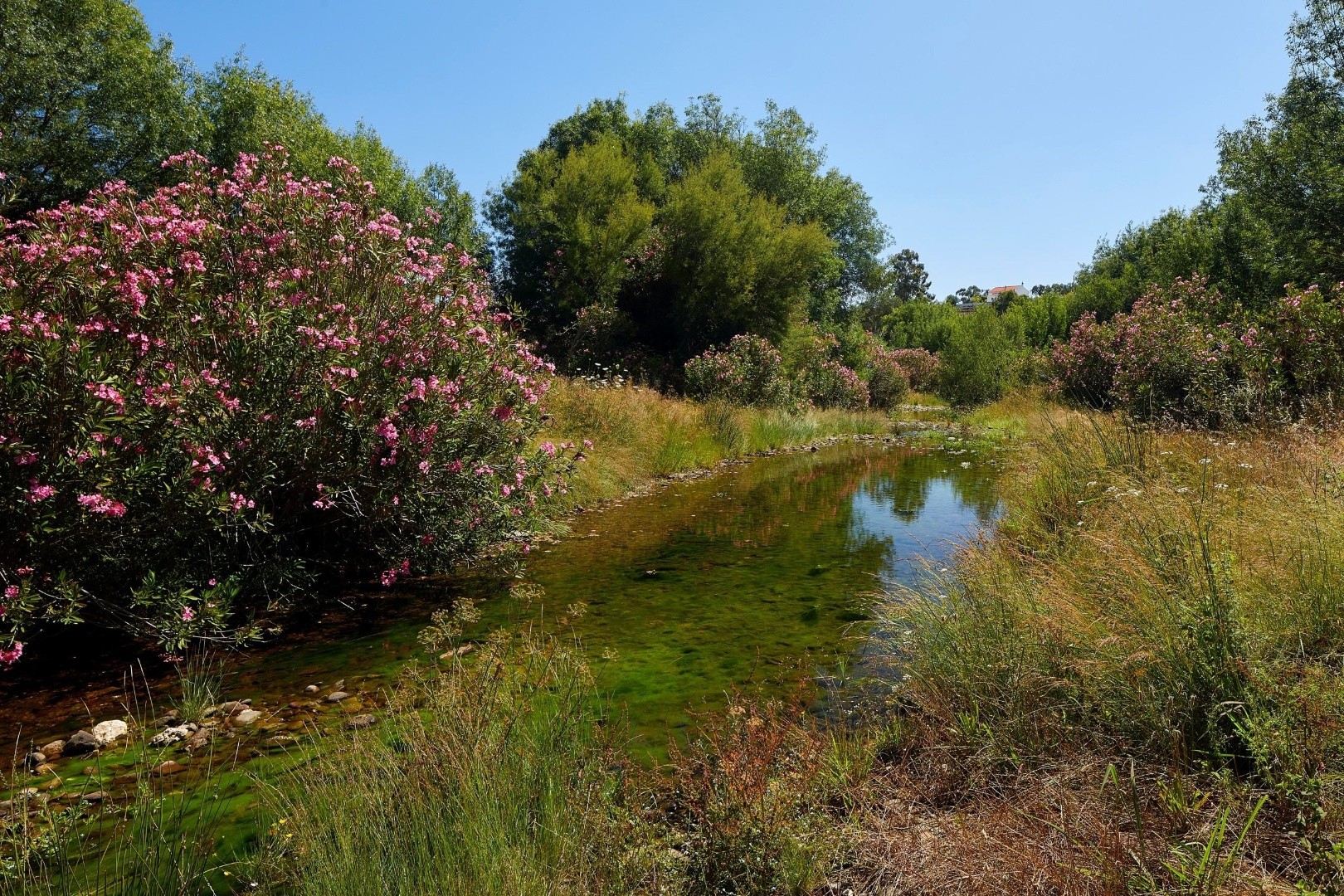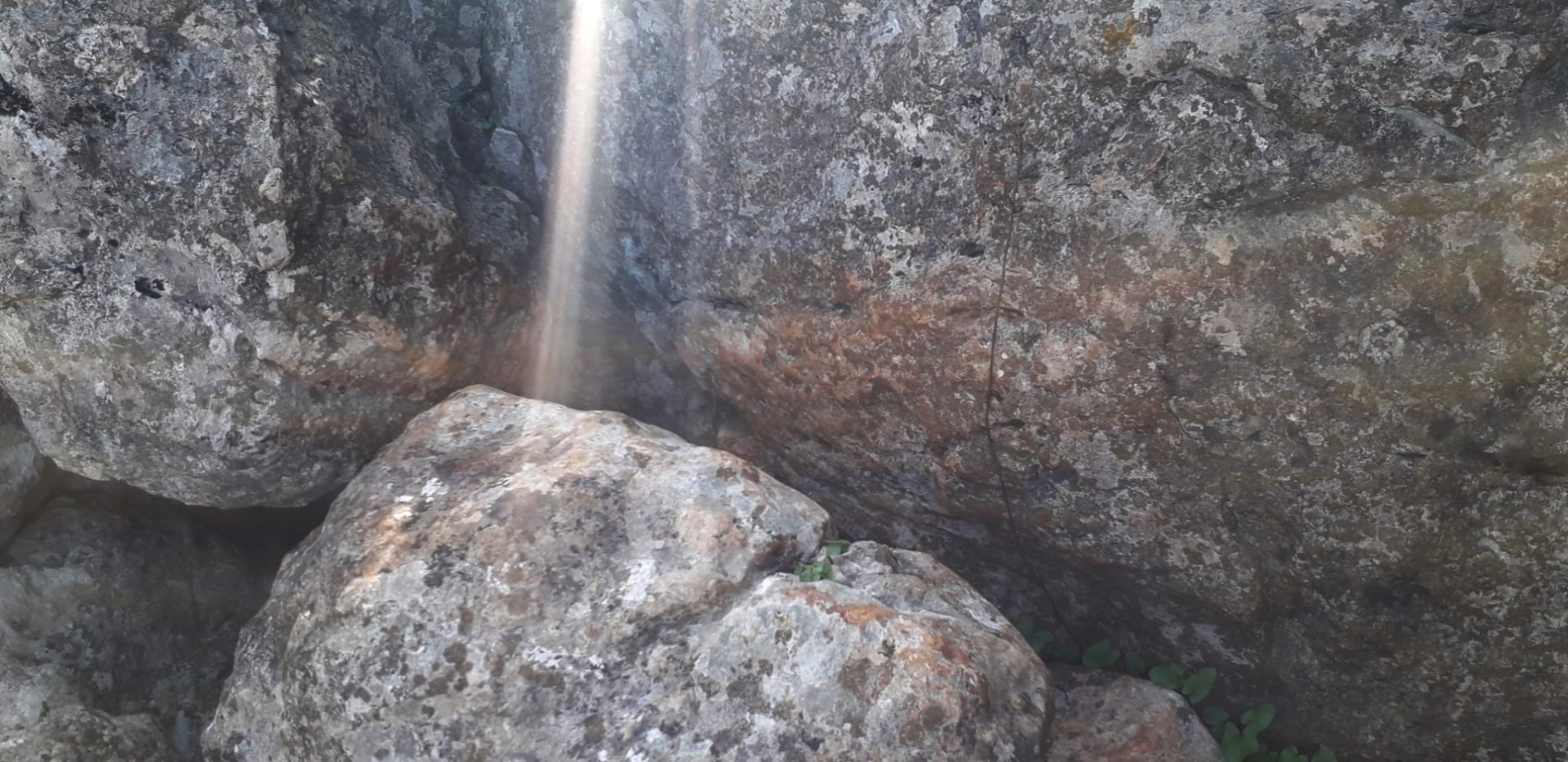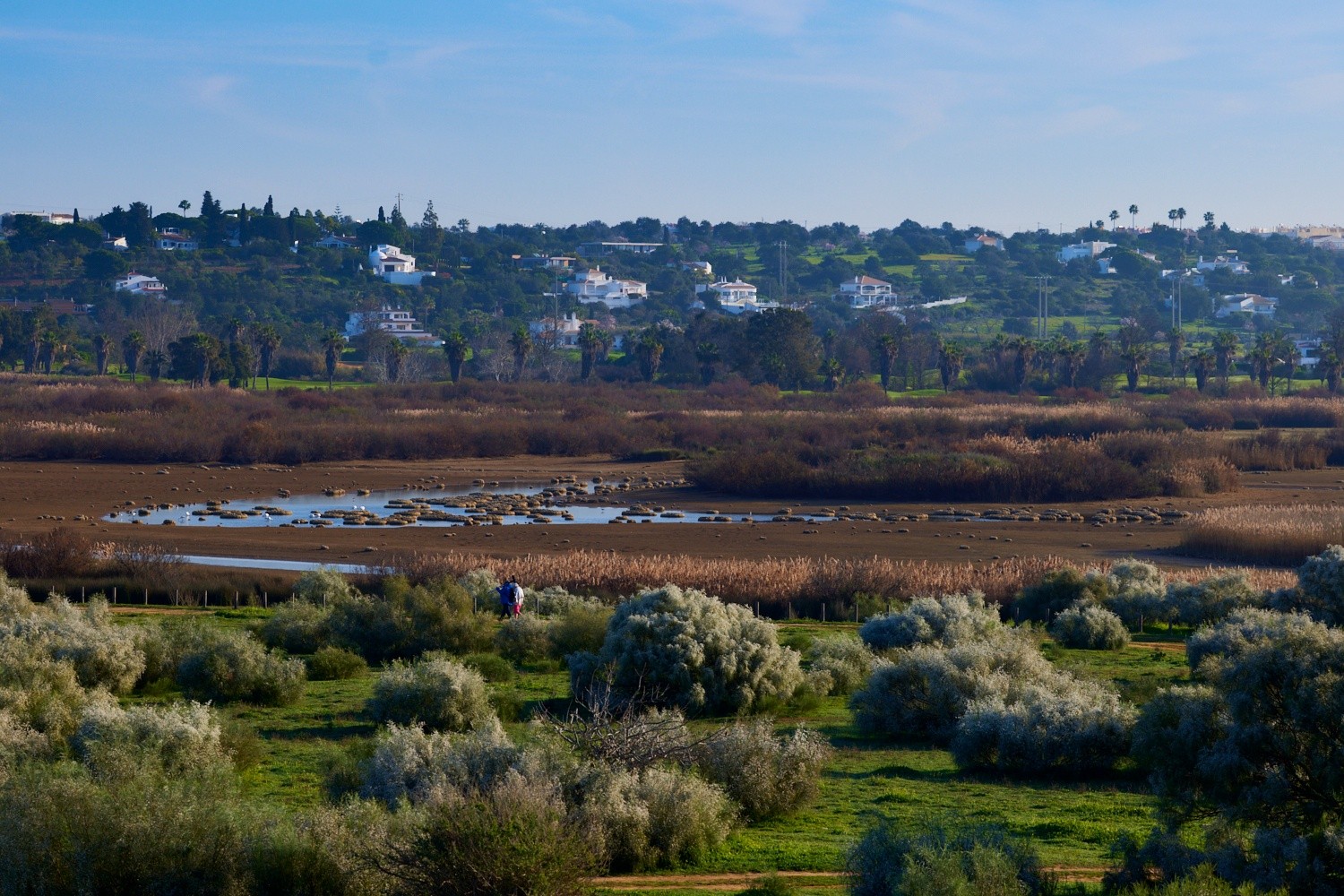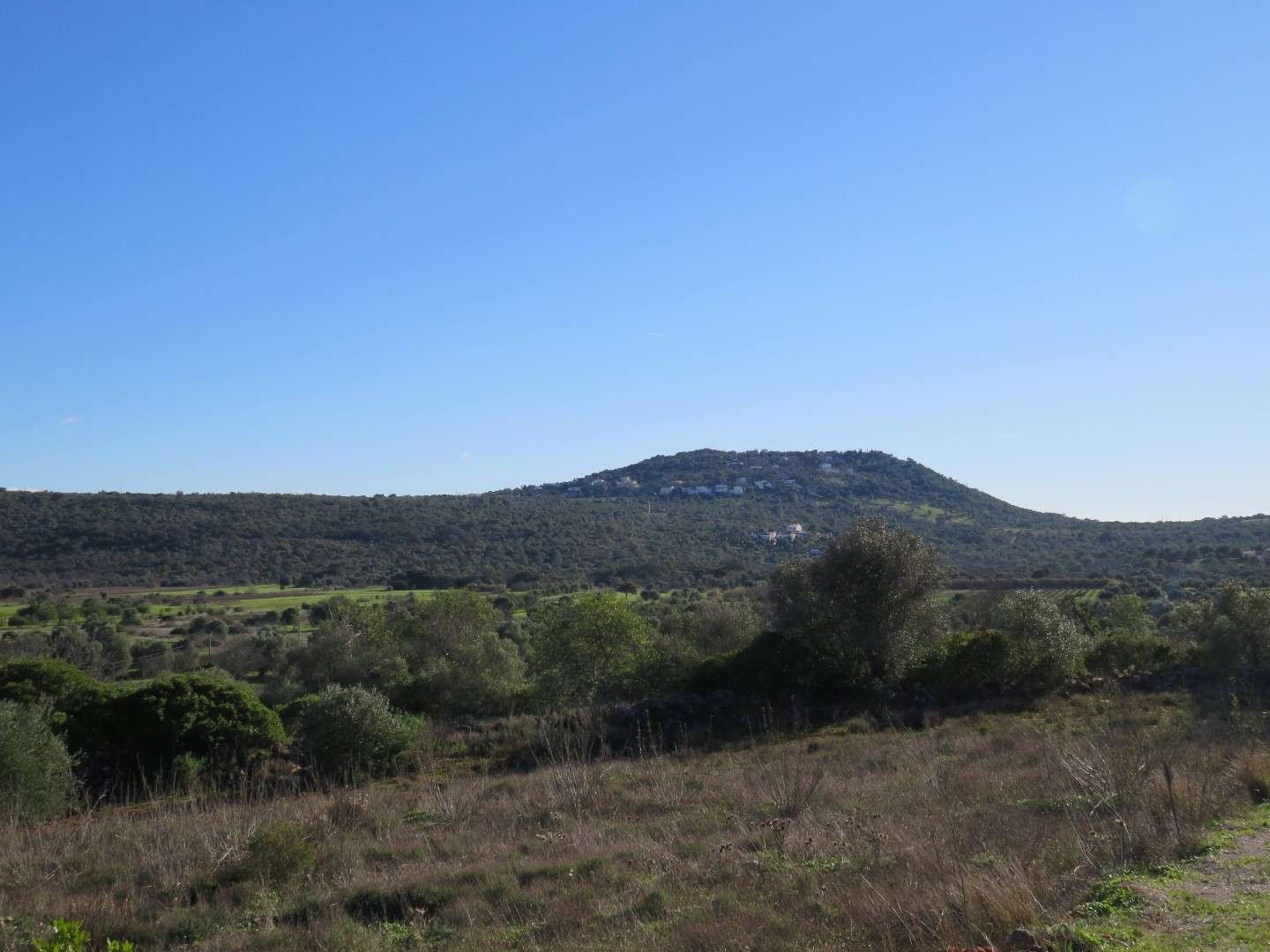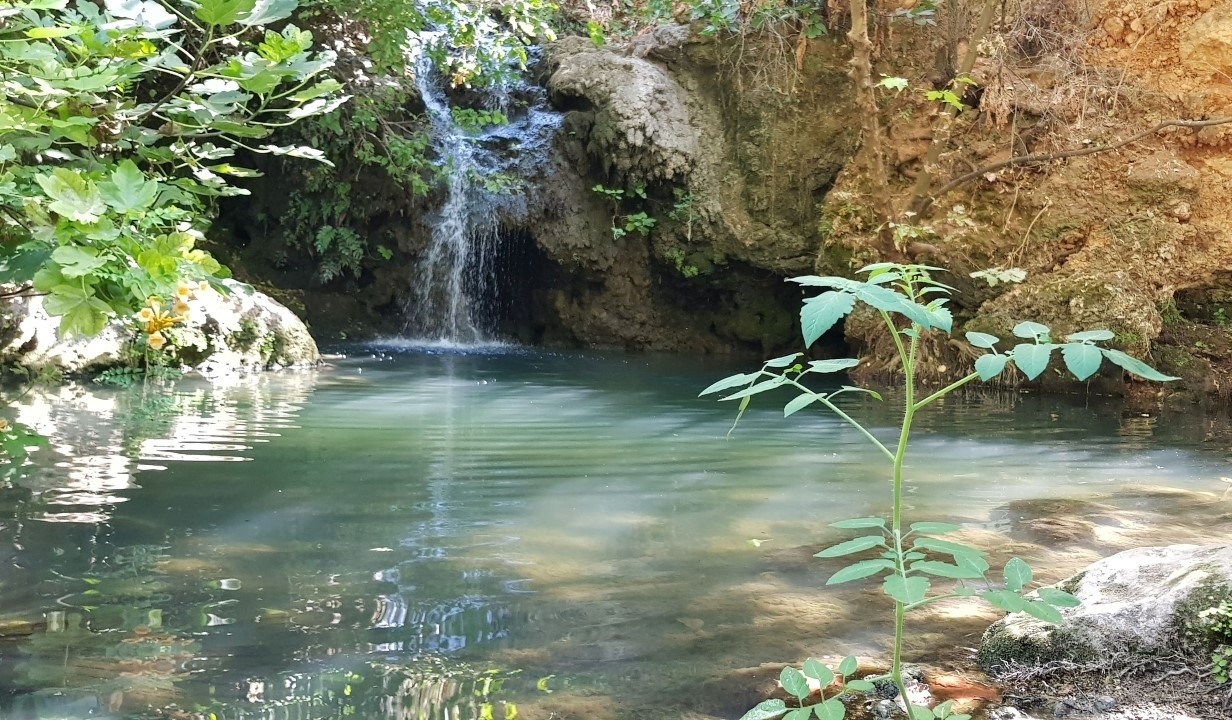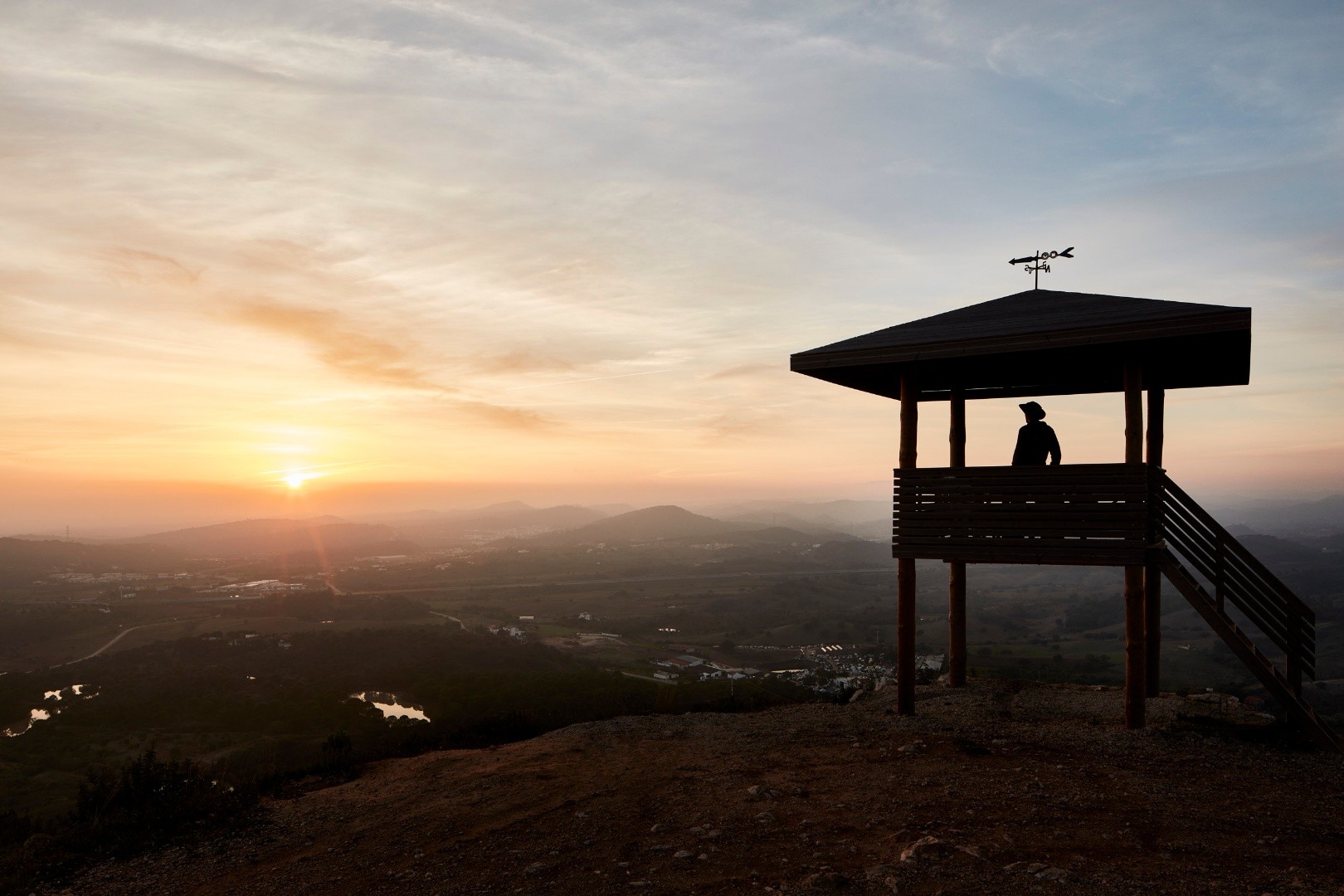Geological History
The clay pits used for producing ceramics and bricks have revealed remarkable sedimentary layers from the Lower Cretaceous period, particularly in the Central Algarve. These sediments were formed in various environments, including coastal marine areas, freshwater lagoons, and alluvial settings, and were influenced by changing sea levels over time. One of the most significant clay pits in the Algarve was the former extraction site of FACEAL, located between Paderne and Tunes, where tiles and bricks were manufactured.
The clay extraction process involved a comprehensive industrial operation, which included moulding and kilns for firing bricks and tiles. This activity revealed a significant continental succession that was deposited by fluvial systems during part of the Lower Cretaceous period. The succession is approximately 150 meters thick and consists of alternating layers of clays, siltstones, sandstones, and conglomerates. The sedimentary architecture and structure of these layers, along with various sedimentary features, indicate that they were deposited by high-sediment-load rivers, specifically of the braided river type. The sands and conglomerates represent channel fills, while the finer sediments, including clays and silts, were deposited on the floodplain.
Locality:




